Delve into the intricate world of brain tumors, uncovering their origins, risk factors, diverse types, symptoms, prevention strategies, diagnostic methods, personalized treatments, prognosis insights, cutting-edge research, and the crucial role of patient support. This comprehensive exploration aims to empower and inform, driving progress in brain tumor care and patient outcomes.
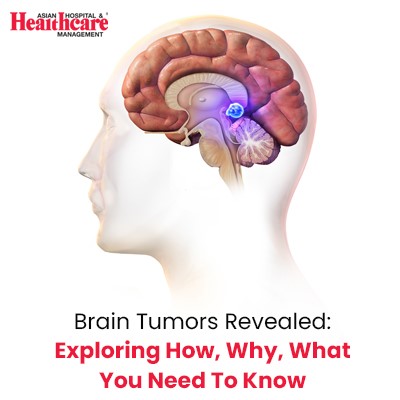
Introduction:
Brain tumors are a significant health concern globally, impacting millions of individuals and families each year. These abnormal growths can profoundly affect neurological functions, underscoring the importance of understanding their development, risk factors, and treatment options. Recent data indicates an increasing incidence of brain tumors, highlighting the urgent need for awareness and research in this area.
How Brain Tumors Develop?
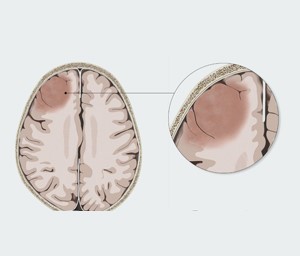
Brain tumors initiate when abnormalities occur in brain cells, leading to uncontrolled growth. Genetic mutations, radiation exposure, infections, and immune system irregularities can trigger this process, akin to a recipe gone wrong, where cells proliferate excessively without regulatory control. The tumor's location within the brain can also influence symptoms and treatment strategies, emphasizing the complexity of brain tumor pathology.
Why Brain Tumors Occur?
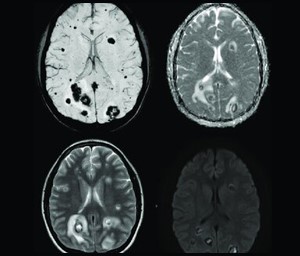
Several factors contribute to brain tumor development:
Understanding these reasons aids in tailoring prevention strategies and treatments to individual needs, highlighting the importance of early detection through regular health screenings and genetic counseling for at-risk individuals.
Types of Brain Tumors

Brain tumors vary based on their origin and behavior, with recent advancements in molecular profiling leading to subtyping within tumor categories:
Understanding these types’ aids in selecting appropriate treatment plans and predicting tumor behavior, with ongoing research refining molecular classifications for precision medicine approaches.
Symptoms of Brain Tumors
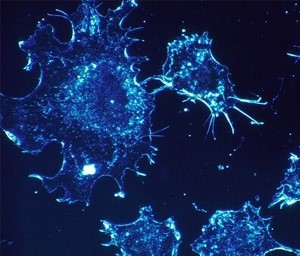
Symptoms of brain tumors are diverse, often overlapping with other neurological conditions:
Early recognition of these symptoms is crucial for prompt diagnosis and intervention, highlighting the importance of public awareness campaigns and healthcare provider education on brain tumor signs.
Risk Factors and Prevention

Reducing brain tumor risks involves a multifaceted approach:
While some risk factors are beyond control, proactive health measures can mitigate potential risks, emphasizing the role of public health initiatives in brain tumor prevention.
Diagnosis and Treatment

Diagnosing brain tumors entails a comprehensive approach:
Personalized treatment plans are essential for optimal outcomes, with advancements in imaging techniques and treatment modalities improving diagnostic accuracy and therapeutic efficacy.
Prognosis and Long-Term Outlook

Prognosis varies based on tumor characteristics, treatment response, and individual health factors:
Research and Innovations
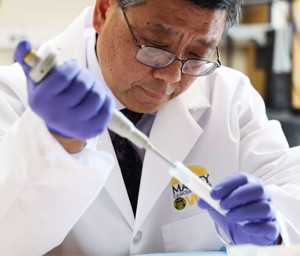
Current research focuses on advancing diagnostic technologies, refining treatment protocols, and exploring novel therapeutic targets:
Clinical trials offer cutting-edge treatments and advancements in brain tumor care, emphasizing the importance of research funding and collaborative efforts in advancing brain tumor science.
Patient Perspectives and Support Resources

Patient support groups, counseling services, advocacy organizations, and caregiver support play vital roles in providing holistic care:
Empowering patients and caregivers with knowledge, resources, and support fosters a collaborative approach to brain tumor care, emphasizing the importance of patient-centered care models.
Conclusion:
Enhancing our understanding of brain tumors encompasses biology, risk factors, prevention, early detection, treatment innovations, and patient support. By promoting awareness, healthy lifestyles, advancing research, and providing comprehensive care, we aim to improve outcomes and quality of life for individuals and families impacted by brain tumors. Collaborative efforts across healthcare sectors, research institutions, advocacy groups, and community organizations are essential in addressing the multifaceted challenges of brain tumor care and fostering hope for a future with improved treatments and outcomes.